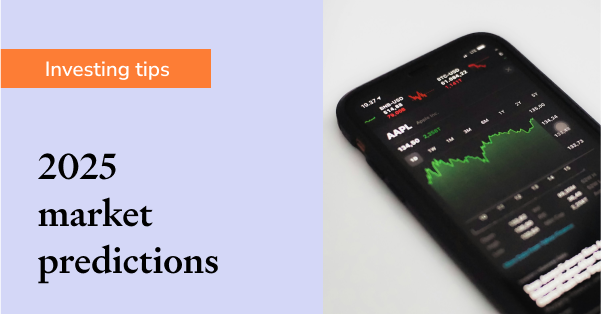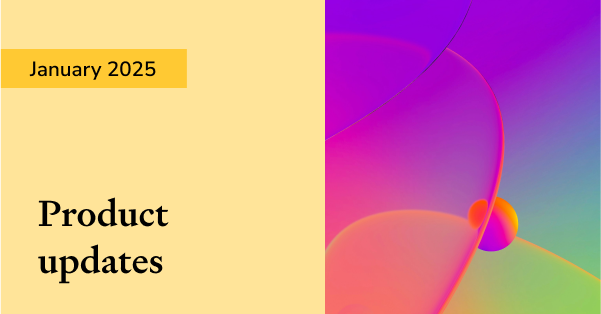Stop using investment watchlists to track your portfolio
Online habits in the age of dial-up internet now look like an innocent foray into the world of cyberspace. Silly screennames, hundreds of bookmarks, and web browser home pages set to Yahoo!, AOL, or Telstra BigPond were all hallmarks of the time.
Fortunately, we’ve become much savvier digital consumers in the years since. Broadband certainly helped, and the iPhone was a game changer. I peg 2005 as a turning point -- that is when I noticed the hardware and software I used at home beginning to outstrip the expensive corporate stuff I used for work.
It’s not the 1990s, its time to bury your investment watchlist
A stubborn relic of the dial-up era that refuses to die, however, is the investment watchlist.
Say what you will about Yahoo!, but Yahoo! Finance, launched in the mid 1990s continues to be a great resource for investors. Google Finance, too, has done an admirable job of copying Yahoo!, while the iPhone’s default Stocks app can also be quite handy.
Unfortunately, these websites and apps and (online brokers) have conditioned millions of investors to interpret their investment returns incorrectly. Here is a basic illustration using just one stock: Apple (AAPL).
Yahoo!’s My Portfolio sports a slick interface. They offer a handy way to customise the look and feel as well as a range of data points, including analyst estimates. Unfortunately, their performance calculations are super basic.

Yahoo! lets me enter multiple transactions, but does not factor in brokerage fees. Additionally, they do not let me enter my trading history in bulk or connect to a broker for any automation.
Total vs annualised return
More importantly, Yahoo! only calculates total return. My investment returned 102.37%, but over what period? Sharesight’s annualised calculation methodology is far more useful because it allows you to make real-world comparisons.
Dividends? What dividends?
There’s another very important thing missing from Yahoo!’s product. There is no dividend information whatsoever. Apple started paying a dividend in 2012. Dividends have a major impact on portfolio performance. Not knowing your portfolio’s dividend yield is only knowing half your return story.
According to Sharesight, Apple has returned 31.15% per year, which includes 2.63% in dividend income.

What about corporate actions?
There is one final, and very important distinction between a watchlist like Yahoo! Finance and portfolio software like Sharesight. Yahoo!, Google, etc. do not factor in corporate actions because they are just too difficult to deal with. Sharesight does the hard stuff too.
In June 2014 Apple gave every shareholder an extra seven shares for every one share held, thereby reducing the listed share price dramatically. Relying on Yahoo! or Google Finance is misleading because they have overwritten this on their price charts, probably for cosmetic reasons.
In my Yahoo! portfolio above you can see that I bought 100 shares for $77.28 (I relied on the info available from Yahoo!). However, the share price on the purchase date of 3 January 2014 was not $77.38. It was $540.98.
The reality is buying 100 shares of Apple in January 2014 would not have cost you $7,728 as per Yahoo! It would have cost you over $54,000! As you can see in the Sharesight example, the value of my Apple holding is over $100k compared to $15k in Yahoo!
Messy as they can be, you need to keep track of corporate actions for accurate performance and tax reasons. In the case of Apple’s share split, Sharesight knows when these complex corporate actions occur and even records them in the investor’s transaction log automatically.
There is too much at stake
When it comes to understanding the true performance of your investments, tracking dividends and corporate actions you need a full featured share portfolio platform like Sharesight.
Sure, using watchlists like Yahoo! to keep an eye on certain investments and the news around them is something I do. But I would never trust investment watchlists to be my official record-keeper or to do performance reporting. There is just too much at stake.
It is time to ditch your watchlist and sign up for Sharesight.
FURTHER READING

2025 market outlook: Navigating the post-rally world
After a historic rally, investing experts warn of challenges ahead as AI evolves and politics reshape the US investment landscape.

Challenging traditional approaches to portfolio construction
Learn why the 60/40 portfolio model is being challenged and how financial advisors can adapt portfolio construction for today's changing investment landscape.

Sharesight product updates – January 2025
Key updates this month include final changes to our drawdown risk report before its full release, as well as expanded broker support.